Introduction to Woodwork
Story & Pictures by Janek Szymanowski ©

Woodworking has different meanings to different people. To some it is building kitchen cabinets, to others it is turning a bowl of rare wood, to still others it is carving sculpture.
Carpentry and Cabinetry
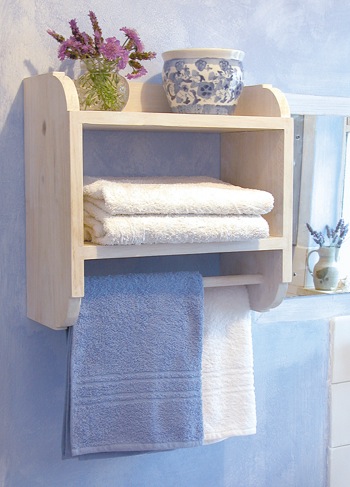
Wood is an incredibly versatile material that can be used to make many things, from simple storage boxes to beautifully crafted houses. It is also commonly the material of choice for cupboards and other built-in units, and it is often used for fencing properties and for screening specific areas within gardens or patios.
It is the traditional material for furniture and has been used for centuries to construct garden buildings and outdoor structures throughout the world.
The Tools
The tools for woodworking and many of the techniques of carpentry and cabinetry are similar; the two differ in the degree of accuracy required in measuring, marking, and cutting. The tolerances for deviation in carpentry may be 1/16 inch; in cabinetry the tolerances are l/32 inch and, in very fine work, 1/64 inch. (Building a harpsichord requires tolerances of 1/ 128 inch.)
Woodworking began in prehistory when man fashioned adzes, chisels, gouges, and awls of stone and used them for cutting and shaping wood.
Bronze Age man invented the saw, metal chisels, and files. The ancient Egyptians used the same joints we know today: butt, miter, rabbet, dovetail, and mortise.
By the time of the Roman Empire most hand tools had been invented. The plane, lost during the Dark Ages, was rediscovered in the l2th or l3th century. Medieval carpenters added a crank to the drill bit, thus inventing the brace.
Today’s woodworker has available not only hand tools but an array of machines, ranging from light and portable to large, stationary floor models. For all their precision and speed, these machines perform the same age-old techniques as hand tools: sawing, planing, drilling, and sanding.
If you have minimal carpentry skills, there are items that you can put together using a hammer and nails. If you have a more advanced knowledge of woodwork, or are willing to work on acquiring these skills, then the sky’s the limit.
We will show you how to choose the right wood for your project. We will also explain the difference between natural wood and man made boards, and give you guidelines on finding sustainable products.
We will illustrate the different woodworking tools and explain how to use these.
We will show you how to cut wood and fasten different elements together using various types of hardware, including nails, screws and bolts.
Common Joints
There are many ways to joint wood, depending on what it is you are making. The most common joints are covered in this web site, with detailed photographs that show you exactly how to cut and put them together.
We discuss the different techniques used to construct wooden buildings and show you how to construct and install dry walls, together with doors, windows and even roofs.
We illustrate different types of flooring for wooden buildings, and discuss the pros and cons of these, giving you valuable guidelines and loads of good ideas.
Best of all, we have included a series of projects that will enable you to make wooden items for both your home and garden. All these have a list of materials, a photograph of the finished item, and step-by-step instructions on what to do.
If there is something specific that we haven’t covered, please feel free to contact us below and we will see what we can do to help.
Smithsonian American Art Exhibition of Craft Furniture
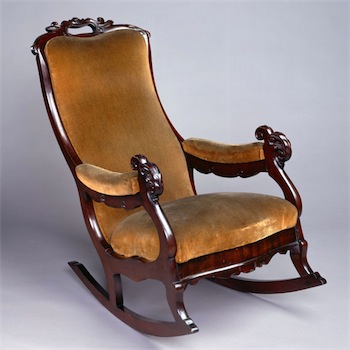
The “Thomas Day: Master Craftsman and Free Man of Color” exhibition is worth having a look at as this craftsman’s creations are legend.


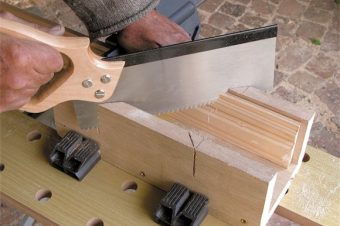



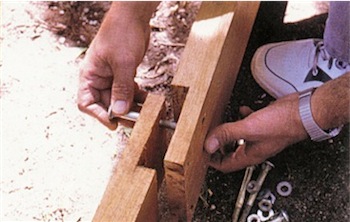

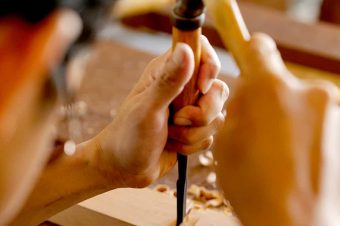
Leave a Reply